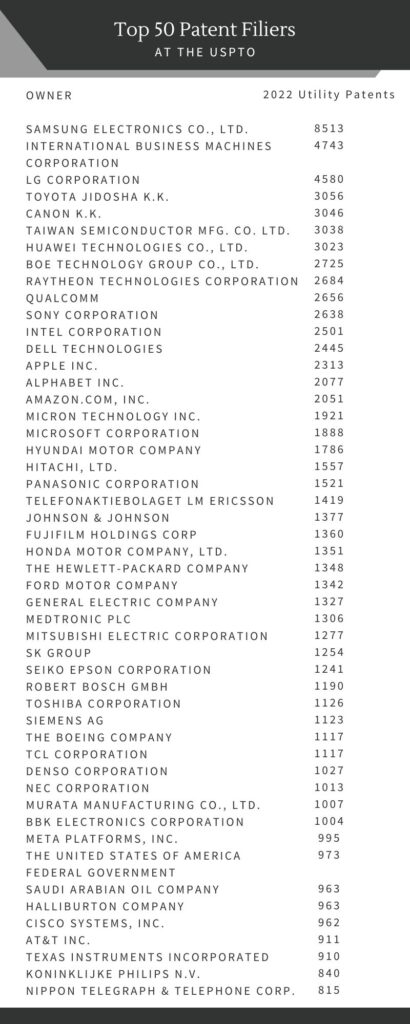
McCoy Russell, represented by Justin Wagner, is pleased to continue its support of AUTM. Justin will be attending AUTM’s Annual Meeting February 19 – 22 in Austin, TX to learn from industry leaders, connect with technology transfer professionals, and continue the conversation with Technology Transfer Offices to strategically develop intellectual property strategy.
As McCoy Russell provides specific support tailored to the unique challenges presented in academic and research environments in pursuing technology commercialization, Justin particularly looks forward to the Fireside Chat with the Under Secretary of Commerce for Intellectual Property and Director of the USPTO, as well as the “Reimagining the TTO” panel that features leaders from more than half a dozen universities.
The professionals at McCoy Russell have extensive experience working with a significant number of U.S. and international universities, including state and private universities. Our attorneys also have experience in supporting various start-ups that have spun-out of the academic institutions and universities. McCoy Russell works closely with technology transfer managers to ensure strategic alignment with the inventors and the output of commercially viable patent filings and resulting portfolios.
Learn more about our experience with Technology Transfer Offices and email info@mccrus.com for assistance.













Recent Comments